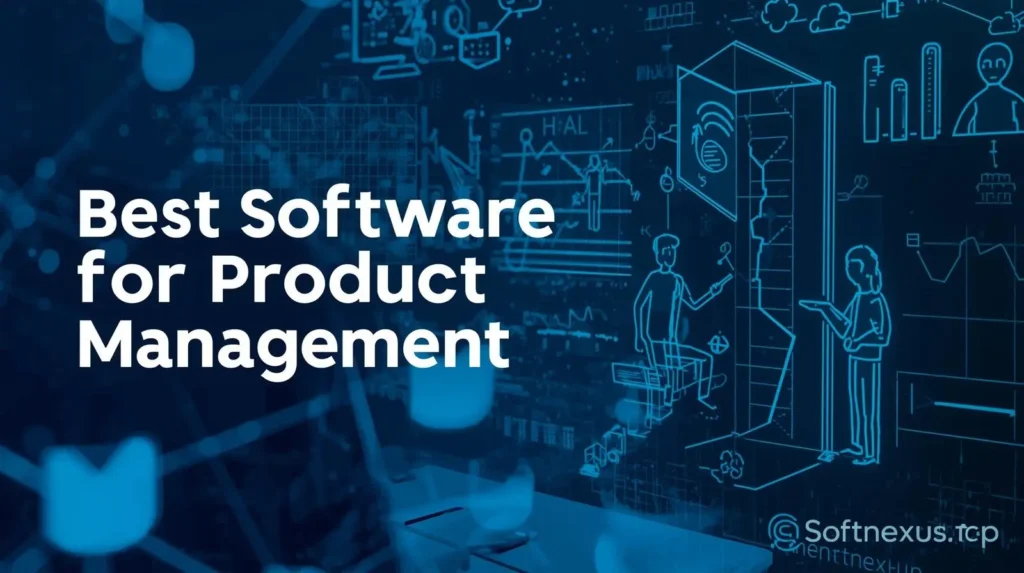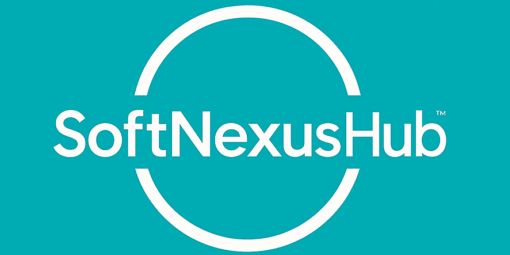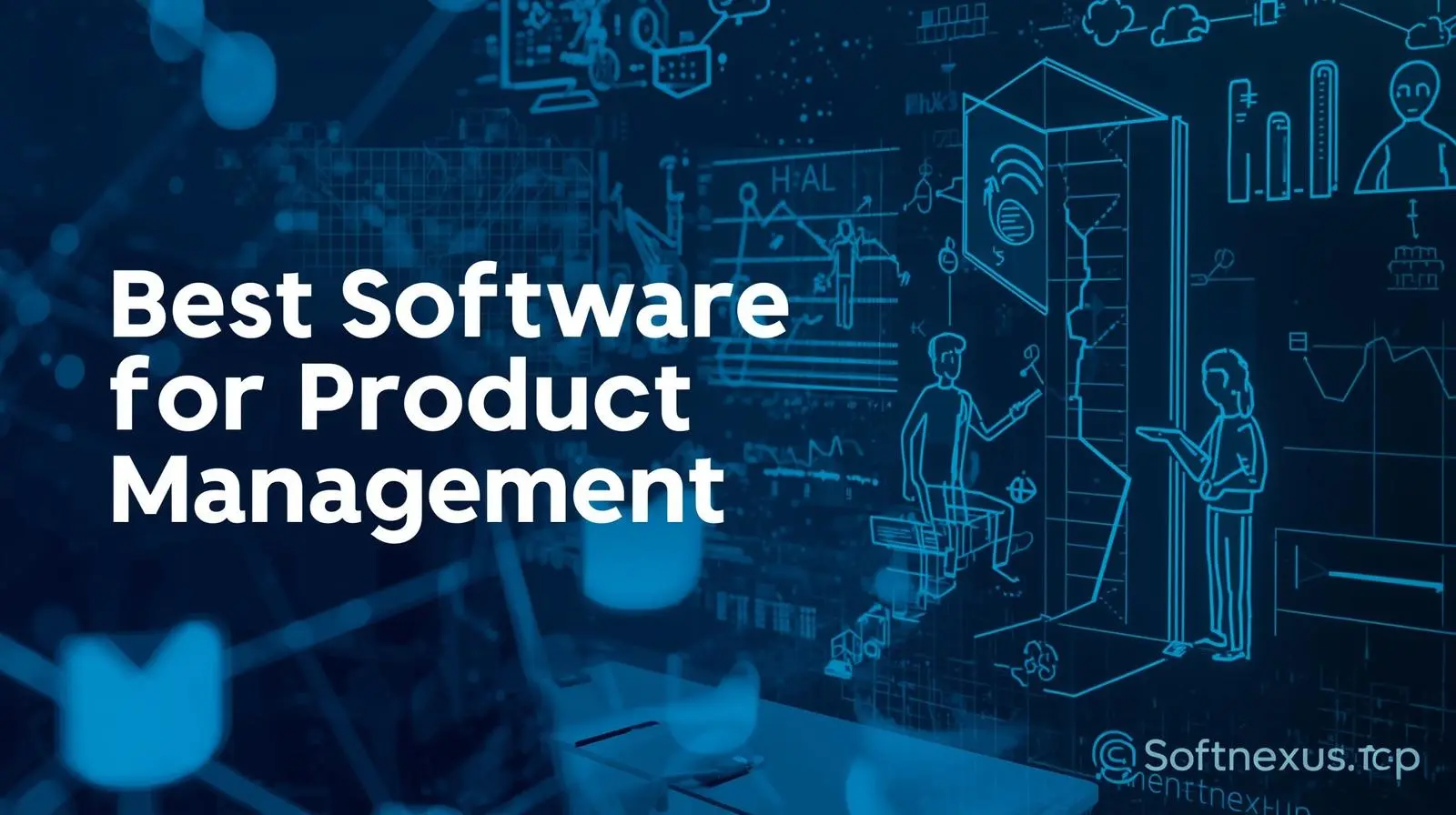
If you’re a product manager in 2025, you already know how complex the job has become. Gone are the days when a simple roadmap in Excel could get the work done. Now you’re responsible for everything from planning new features and gathering user feedback to monitoring adoption rates, running experiments, and keeping multiple teams aligned. It’s a lot to handle. That’s why the right set of Software for product management 2025 isn’t just nice to have—it’s the difference between surviving and thriving.
But with so many tools on the market, it’s easy to get lost. Some claim to do everything, while others are laser-focused on one area. So how do you figure out which ones are actually worth your time and budget? The answer depends on your goals, your team’s workflow, and the kind of product you’re building. In this guide, we’ll walk through the main categories of tools every PM should know about, highlight some of the best platforms available, and share tips on how to pick the right ones for your team.
What Do Software for Product Management Actually Do?
In simple terms, Software for product management are digital platforms designed to make your job easier. They help you plan, launch, and improve products more effectively. Depending on the tool, that might mean creating a visual roadmap, collecting in-app customer feedback, analyzing usage data, or managing product integrations. Think of them as an extension of your team. They take care of the repetitive, technical, or data-heavy tasks so you can focus on the big picture—building products people love.
The Key Categories of Software for product management in 2025
Different teams have different needs, but most Software for product management fall into one of these six categories:
1. Roadmapping & Strategy
These tools help you create and update your product roadmaps. They often connect with project management systems so you can assign tasks, track progress, and make sure everyone’s working toward the same goals.
2. User Research & Feedback
If you want to build a product people actually use, you need to understand what they want. Tools in this category let you run surveys, gather feedback inside your app, and even watch how users interact with your product in real time.
3. Collaboration & Documentation
Good ideas can’t stay in your head. Collaboration tools help you share product specs, track decisions, and keep cross-functional teams aligned. They’re also a place to document processes so future team members don’t start from scratch.
4. Analytics & Product Intelligence
Data is king in 2025. Analytics platforms show you what features are working, which ones are ignored, and how customers move through your product. They also let you run A/B tests, segment users, and uncover hidden opportunities.
5. Integrations & API Management
Most modern products don’t stand alone. Integration tools help you connect your product to other software, while API management solutions let you control and monitor your product’s endpoints.
6. AI-Powered Tools
Artificial intelligence is no longer a trend—it’s an essential part of product management. AI tools can predict user behavior, summarize research findings, and even suggest product improvements before you spot them yourself.
Quick Comparison of Popular Software for product management 2025
Here’s a snapshot of some of the best tools and what they’re great at:
| Tool | Best For | Key Features | Pros | Cons |
|---|---|---|---|---|
| Merge | Product Integrations | 200+ integrations, unified API, enterprise security | Saves dev time, fast integrations, secure | Focuses mainly on B2B SaaS integrations |
| Miro | Collaboration & Roadmapping | Digital whiteboard, templates, AI brainstorming, 160+ integrations | Easy to use, real-time updates, strong AI features | Limited offline features, no full version history |
| Notion | Documentation & Knowledge Hub | Wikis, roadmaps, notes, AI summaries, project management | Versatile, all-in-one workspace, scalable | Steeper learning curve, limited integrations |
| Amplitude | Analytics & Insights | Automated reports, A/B testing, AI-driven insights | Data-rich, trusted by major brands, customizable | Steep learning curve, limited qualitative feedback |
This table is just a quick glance, but let’s dive deeper into what makes each of these tools shine.
Top Software for product management Worth Trying

Merge – The Integration Powerhouse
If your product needs to connect with others, Merge is one of the best choices in 2025. It offers a unified API with over 200 integrations across major categories like CRMs, HR software, and file storage. Beyond integrations, it provides enterprise-grade security features to ensure data privacy.
Why it stands out: Merge helps you scale faster by letting developers focus on core features instead of building integrations from scratch. The downside? It’s mainly built for B2B SaaS products, so if you’re outside that space, it may not be the best fit.
Miro – The Collaboration Hub
Miro has become the go-to digital whiteboard for product teams. Whether you’re brainstorming, mapping user journeys, or planning a product launch, Miro makes it easy to collaborate in real time. With templates and AI-powered features, it’s fast and intuitive.
Why it stands out: It brings remote and hybrid teams together on one canvas. However, some limitations—like no offline access for unopened boards—can be frustrating.
Notion – The Digital Brain
Notion has grown far beyond a note-taking app. In 2025, many product teams use it as a central knowledge hub. You can build wikis, document your roadmap, and manage projects in one platform. With Notion AI, you can also summarize notes, extract key insights, and even generate first drafts of specs.
Why it stands out: It’s flexible enough to handle everything from personal notes to enterprise-level product documentation. The only catch is the learning curve—teams need some time to get comfortable with all its features.
Amplitude – The Data Expert
Amplitude is the analytics tool of choice for product managers who want to understand how users interact with their product. From adoption rates to session engagement, it gives you a clear picture of what’s working and what’s not. Amplitude AI makes the analysis even faster by generating insights automatically.
Why it stands out: Trusted by companies like Dropbox and Adidas, it’s powerful and proven. The tradeoff? It can feel overwhelming at first, especially if your team isn’t used to working with deep analytics.
How to Pick the Right Tools for Your Team
With so many great options, how do you know which ones to choose? Here’s a simple framework that works for most teams:
- Define your main goal. Are you trying to improve collaboration, collect more feedback, or dive deeper into analytics? Start there.
- Match tools to your team’s maturity. A small startup might only need one or two tools, while an enterprise may require a full stack.
- Take advantage of free trials. Most tools offer demos or trial versions. Test them out before committing.
- Run a pilot project. Start small with one team, measure results, and then expand across the company.
- Check integrations. Make sure the tools you pick work well with your existing tech stack.
Why Product Management Tools Matter More Than Ever
In 2025, user expectations are higher, competition is tougher, and products evolve faster than ever. Relying on outdated methods like spreadsheets or endless email threads simply won’t cut it. The best teams are the ones that invest in tools that give them speed, clarity, and confidence.
Product management isn’t just about building features—it’s about building the right features at the right time. And the right tools are what make that possible.
Conclusion
Choosing the right Software for product management 2025 isn’t about following trends; it’s about finding the platforms that fit your team’s needs. Whether you’re integrating with Merge, collaborating on Miro, documenting in Notion, or analyzing with Amplitude, the goal is the same: to create products that truly serve your users.
So take the time to evaluate, experiment, and invest wisely. The tools you choose today could be the reason your product stays ahead of the competition tomorrow.
FAQs
Q1: What are Software for product management in 2025?
Product management tools in 2025 are software solutions that help product managers plan roadmaps, gather user feedback, analyze usage data, and collaborate with teams efficiently.
Q2: Which product management tools are best in 2025?
A2: Some of the best product management tools in 2025 include Merge for integrations, Miro for collaboration, Notion for documentation, and Amplitude for analytics.
Q3: How do I choose the right software for product management for my team?
A3: Start by defining your goals, checking tool integrations, testing free trials, and running pilot projects. This ensures the chosen platform fits your workflow.
Q4: Why are AI-powered software for product managements important in 2025?
A4: AI tools save time by automating insights, predicting user behavior, and suggesting improvements, helping teams make faster and smarter decisions.
Q5: Can startups and enterprises use the same software for product management?
A5: Yes, but the choice depends on team size and needs. Startups may prefer versatile tools like Notion, while enterprises often require analytics and integration platforms like Amplitude or Merge.

